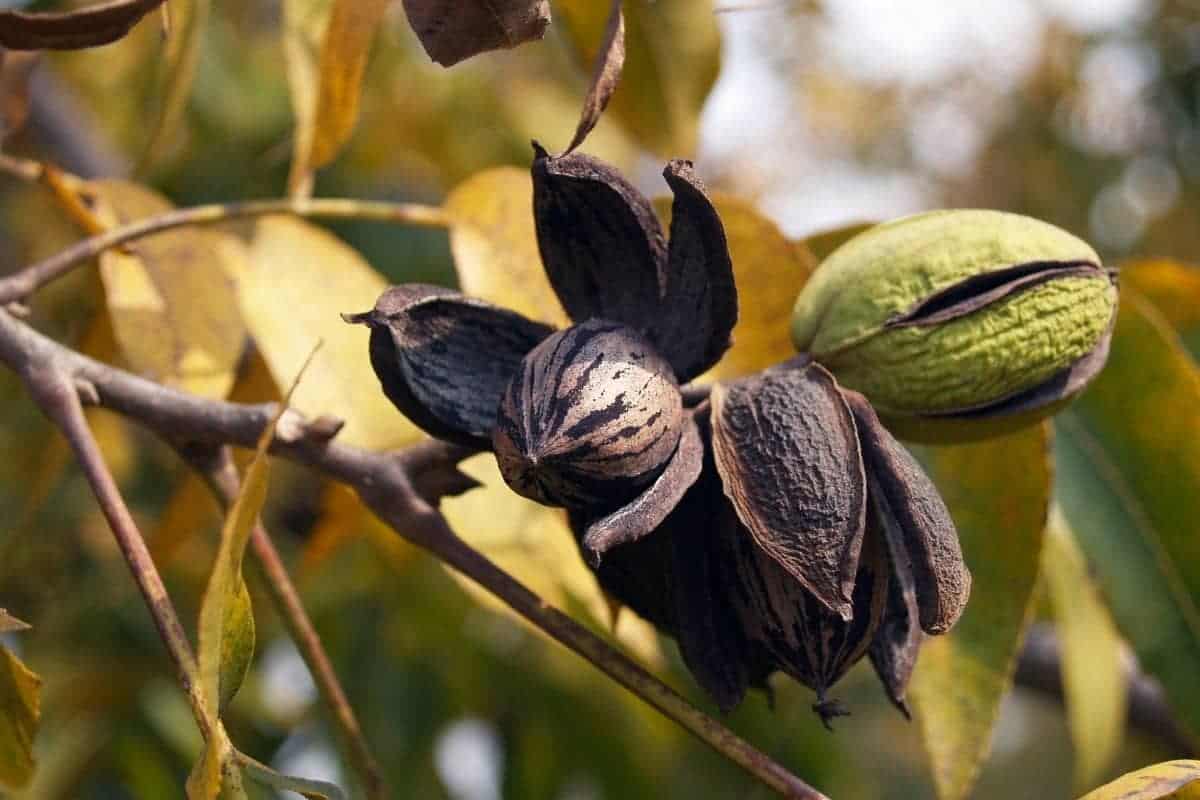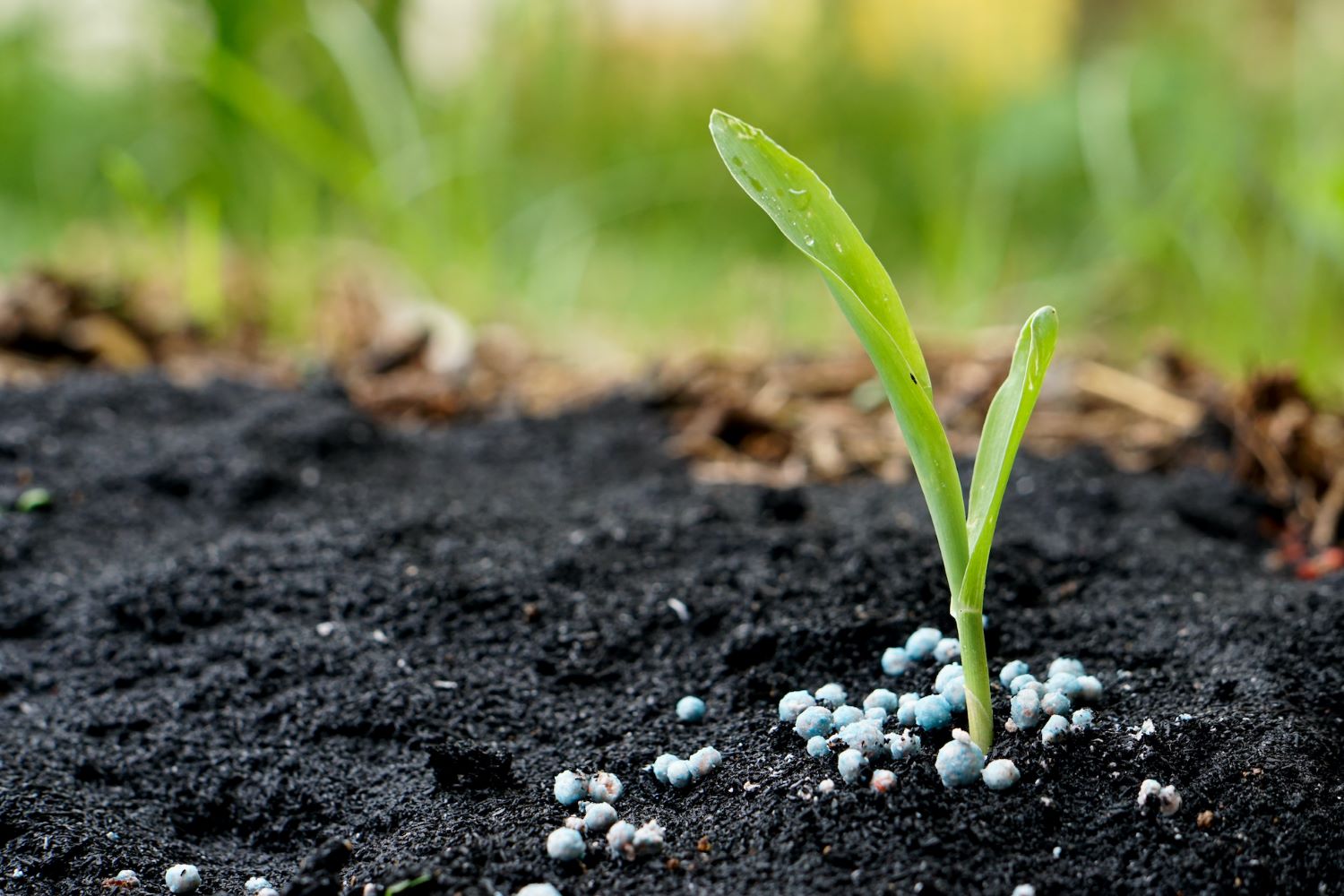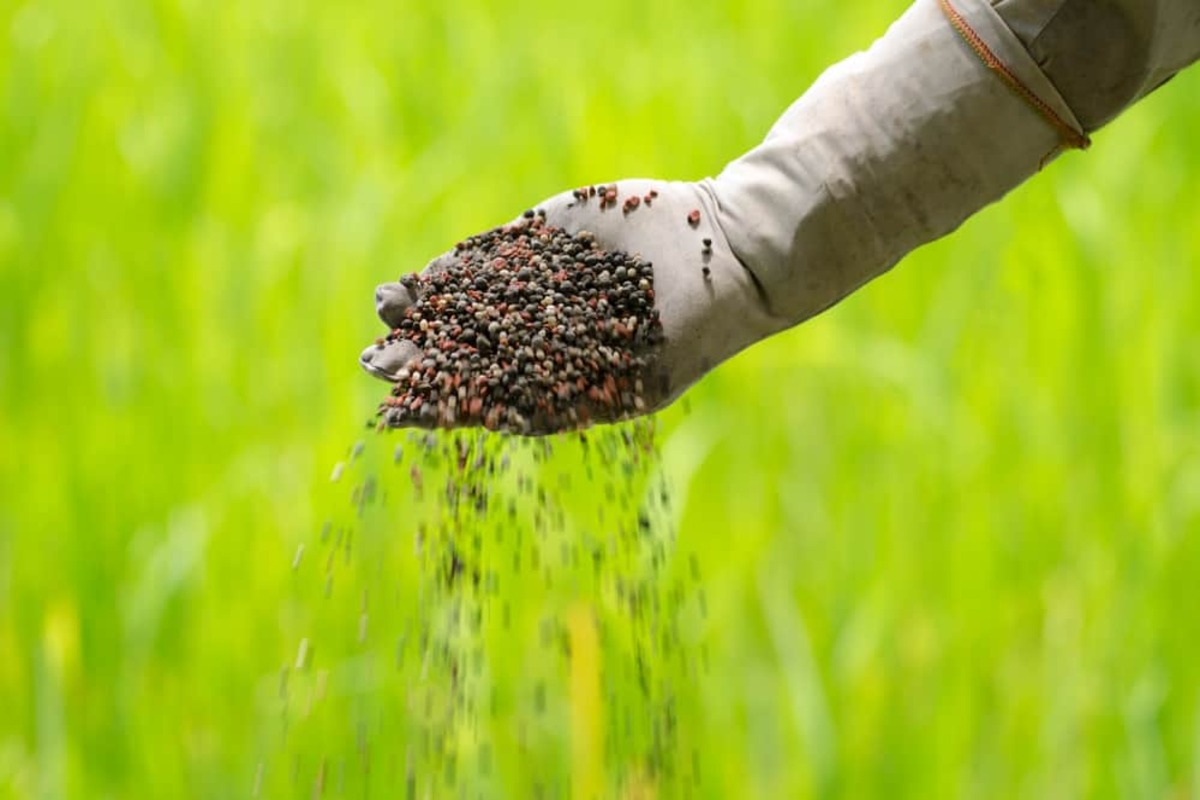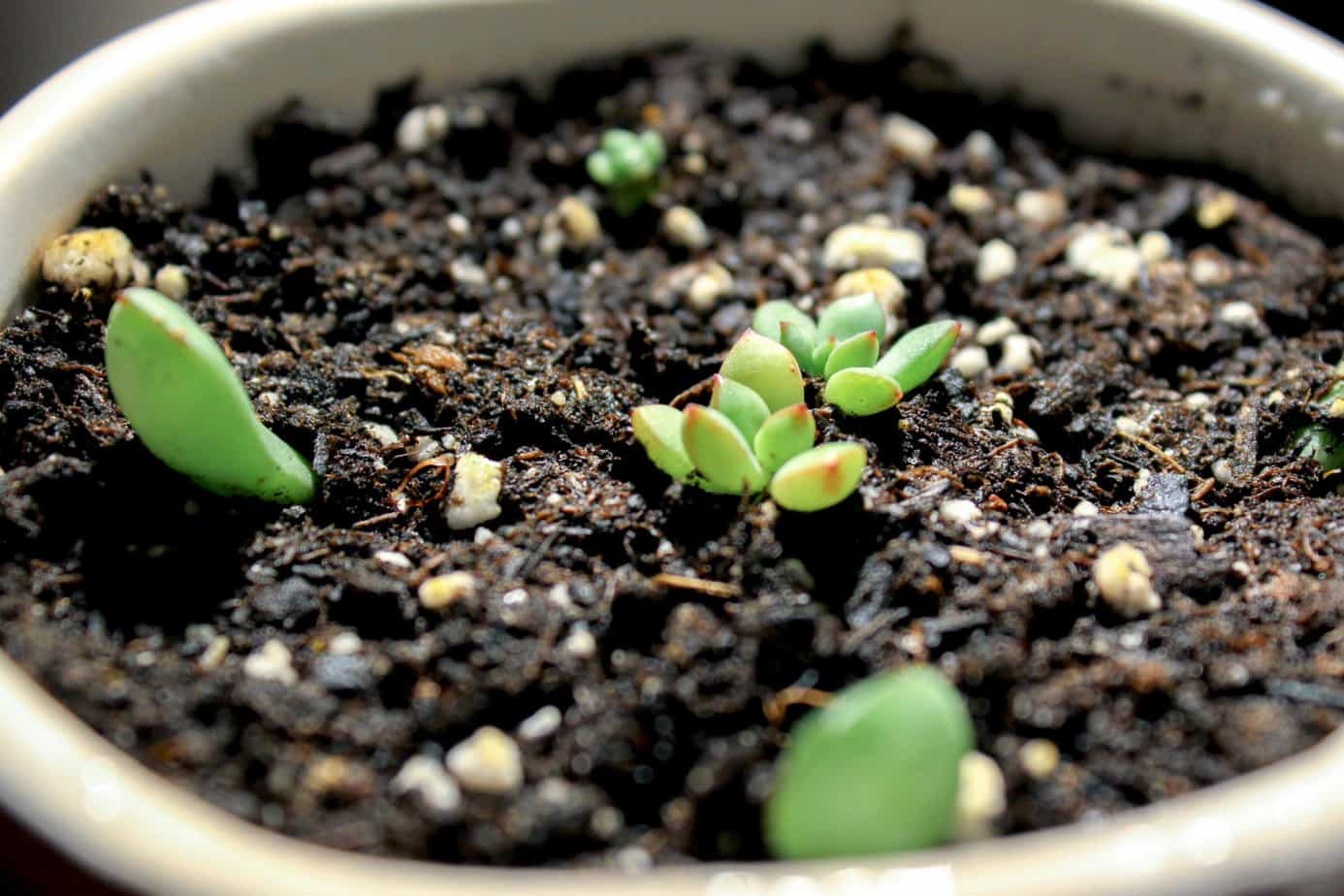Home>Gardening Techniques>Plant Care>How Long Does It Take For Pecan Trees To Start Producing Nuts


Plant Care
How Long Does It Take For Pecan Trees To Start Producing Nuts
Published: October 26, 2023
Discover the timeline for pecan trees to start producing nuts and learn helpful plant care tips to ensure their growth and productivity.
(Many of the links in this article redirect to a specific reviewed product. Your purchase of these products through affiliate links helps to generate commission for Chicagolandgardening.com, at no extra cost. Learn more)
Table of Contents
Introduction
Welcome to the world of pecan trees! If you’re interested in growing and caring for these delightful trees, you’ve come to the right place. Whether you want to enjoy the beauty of pecan trees in your backyard or reap the rewards of a bountiful harvest, understanding the factors that affect their production is crucial.
Pecan trees (Carya illinoinensis) are native to North America and are highly valued for their delicious nuts. They can be a wonderful addition to any landscape, providing shade, beauty, and a source of fresh, healthy snacks. However, it’s important to note that pecan trees require careful planning and maintenance to ensure optimal growth and productivity.
In this article, we will explore the various factors that can influence the production of pecan trees. We will delve into the process of growing pecan trees from both seed and grafted nursery stock, and discuss the timeframes involved in their production. Additionally, we will provide valuable tips on pruning and caring for pecan trees to maximize their production and highlight the best practices for harvesting pecan trees.
Whether you’re a seasoned gardener or just starting out, this article will equip you with the knowledge and insights needed to successfully grow and care for pecan trees. So, without further ado, let’s dive in and explore the fascinating world of pecan tree production!
Factors Affecting Pecan Tree Production
Several essential factors can significantly impact the production of pecan trees. Understanding these factors will help you create an optimal environment for your pecan trees to thrive and bear abundant fruits. Let’s take a closer look at some of the key elements:
- Climate: Pecan trees are best suited to warm and temperate climates. They prefer areas with long, hot summers and mild winters. The ideal temperature range for pecan tree growth is between 70°F and 90°F (21°C and 32°C). Pecan trees require a chilling period during winter to promote proper bud development.
- Soil: Pecan trees thrive in well-drained soils with a slightly acidic to neutral pH level (between 6.0 and 7.0). They do best in deep, loamy soils that offer good water retention capacity. Heavy clay soils should be avoided, as they can hinder root development and cause waterlogging issues.
- Sunlight: Pecan trees require full sun exposure to maximize their growth and fruit production. Aim for a location that receives at least 6 to 8 hours of direct sunlight per day. Insufficient sunlight can lead to weak tree growth and poor nut development.
- Pollination: Pecan trees produce both male and female flowers, and proper pollination is essential for fruit set. Most pecan varieties require cross-pollination, which means you need at least two compatible pecan trees planted nearby to ensure successful pollination. Consult with local experts or nurseries to choose varieties that are known to be good pollinators for each other.
- Pest and Disease Control: Pecan trees can be susceptible to various pests and diseases, such as pecan weevils, aphids, scab, and powdery mildew. Regular monitoring and the implementation of appropriate pest management and disease control strategies are crucial to protect the trees and maintain their overall health and productivity.
- Watering and Fertilization: Adequate and timely watering is important for pecan tree growth. Young trees require regular watering, while established trees usually have deep root systems and can tolerate moderate drought. Applying a balanced fertilizer specifically formulated for pecan trees can also enhance their productivity and overall health.
- Proper Tree Spacing: Proper spacing between pecan trees is vital for optimal growth and production. Aim for a distance of 60 to 80 feet between trees, as pecan trees spread out significantly as they mature. A well-spaced orchard allows ample sunlight, airflow, and access for maintenance tasks.
By considering and addressing these factors, you can create a favorable environment for your pecan trees to thrive and produce a bountiful harvest. Now that we’ve explored the factors that affect pecan tree production, let’s delve into the methods of growing pecan trees from seed and grafted nursery stock.
Growing Pecan Trees from Seed
One of the most affordable and rewarding ways to grow pecan trees is from seeds. However, it’s important to note that growing pecan trees from seed can be a time-consuming and uncertain process, as the resulting trees may not inherit the desirable characteristics of the parent tree.
Here are the steps to successfully grow pecan trees from seed:
- Seed Collection: Collect pecans from mature, healthy trees in the fall, ensuring they are free from damage or disease. Choose pecans that are fully mature and have well-developed kernels.
- Stratification: To improve germination rates, pecan seeds require a process called stratification. Place the collected pecans in a sealed plastic bag with moistened peat moss or vermiculite. Store the bag in a refrigerator at a temperature of approximately 40°F (4°C) for about 90 to 120 days. This cold stratification simulates the natural winter dormancy period for the seeds.
- Germination: After the stratification period, sow the pecan seeds in well-draining containers filled with a seed-starting mix. Plant the seeds about 1 to 2 inches deep and keep the soil consistently moist. Place the containers in a warm location with indirect sunlight.
- Seedling Care: As the pecan seeds germinate and seedlings emerge, provide them with consistent watering and adequate light. Gradually expose the seedlings to more direct sunlight to encourage stronger growth. Transplant the seedlings into larger containers or nursery beds once they develop a few sets of leaves.
- Permanent Planting: When the seedlings are about 1 to 2 years old and have reached a height of 15 to 24 inches, they can be planted in their permanent location outdoors. Choose a sunny spot with well-drained soil and adequate spacing between trees.
- Tree Care: Provide regular watering and proper fertilization to support the growth of the young pecan trees. Protect them from frost and extreme weather conditions during their initial years. Prune the trees as necessary to shape them and promote strong branching.
- Patience and Persistence: Growing pecan trees from seed requires patience and a long-term perspective. It may take several years for the trees to start producing nuts, and the quality of the nuts may vary compared to grafted varieties. However, this method allows for the possibility of developing unique and diverse pecan tree variations.
Growing pecan trees from seed can be a rewarding endeavor if you have the time and patience to nurture them into maturity. However, if you’re looking for more predictable results and desirable characteristics, consider growing pecan trees from grafted nursery stock, which we’ll explore in the next section.
Growing Pecan Trees from Grafted Nursery Stock
Growing pecan trees from grafted nursery stock is a more reliable and efficient method compared to growing from seed. This method ensures that the resulting trees inherit the desired traits and characteristics of the parent tree. It also reduces the time required for the trees to reach maturity and produce nuts. Here’s a step-by-step guide to growing pecan trees from grafted nursery stock:
- Variety Selection: Choose a pecan tree variety that is well-suited to your climate and has desirable characteristics like good nut yield and quality. Consult with local nurseries or agricultural extension offices to determine the best varieties for your region.
- Obtaining Grafted Nursery Stock: Purchase grafted pecan tree saplings from reputable nurseries or specialized suppliers. The grafted saplings consist of a rootstock and a scion, which is a cutting from the desired parent tree. This ensures that the resulting tree will have the same qualities as the parent.
- Planting: Choose a location with full sun exposure and well-drained soil. Dig a hole approximately twice the width of the rootball and deep enough to accommodate the root system. Place the sapling in the hole, making sure the bud union (where the scion meets the rootstock) is slightly above the soil line. Backfill the hole with soil, firming it gently around the roots.
- Watering and Mulching: Give the newly planted sapling a thorough watering and apply a layer of organic mulch around the base, ensuring it doesn’t directly touch the trunk. Mulching helps conserve moisture, suppress weeds, and regulate soil temperature.
- Pruning and Training: During the first few years, prune the young pecan tree to establish a strong framework by removing any competing branches and maintaining a central leader. Regularly train the tree using proper pruning techniques to maintain its structure and promote air circulation.
- Regular Care and Maintenance: Provide adequate water, especially during dry periods, to support the tree’s growth. Follow a balanced fertilization schedule based on soil tests to ensure optimal nutrient levels. Regularly monitor for pests and diseases and take appropriate measures if needed.
- Patience and Maturation: Depending on the variety and growing conditions, it can take anywhere from 5 to 10 years for grafted pecan trees to reach maturity and start producing nuts. Be patient and persistent in caring for your trees, and soon enough, you will be rewarded with a bountiful harvest.
Growing pecan trees from grafted nursery stock provides greater certainty in terms of tree quality, nut production, and characteristics. This method is well-suited for those looking for a more predictable and efficient approach to pecan tree cultivation. With proper care and attention, your grafted pecan trees will flourish and delight you with their abundant harvest in due time.
Timeframe for Pecan Tree Production
When it comes to pecan tree production, it’s important to have realistic expectations regarding the timeframe for maturity and nut production. Pecan trees are known for their long lifespan, and it takes time for them to reach full maturity and bear a significant harvest. Here’s a general timeline of the different stages in the production of pecan trees:
- Seed Germination: If you choose to grow pecan trees from seeds, it typically takes 60 to 120 days of cold stratification for the seeds to germinate and sprout.
- Seedling Stage: After germination, the pecan seedlings will require nurturing for the next 1 to 2 years. During this period, they will grow and establish their root systems before being ready for transplantation to their permanent location.
- Transplanting: Once the seedlings have reached a height of 15 to 24 inches, generally after 1 to 2 years, they can be transplanted to their permanent outdoor location. However, it is important to note that the trees will still require a number of years to grow and mature before producing a significant amount of nuts.
- Juvenile Stage: After transplanting, pecan trees enter a juvenile stage, which typically lasts for 6 to 10 years. During this stage, the trees focus on establishing their root systems, trunk development, and overall growth. While the trees may produce a few nuts during this period, the yield will be minimal.
- Maturity: Pecan trees typically reach maturity between 10 to 15 years of age, although it can vary depending on the variety and growing conditions. At this point, the trees will have fully developed root systems and canopy, and nut production will significantly increase.
- Full Production: Once pecan trees reach maturity, they can enter the full production phase, where they bear a substantial harvest of nuts. This phase usually occurs when the trees are around 15 to 20 years old, but it can vary depending on factors such as variety, tree health, and environmental conditions.
- Peak Production: Pecan trees can continue to increase their nut production as they mature. Around the 25 to 30-year mark, pecan trees tend to reach their peak production, where they produce the highest number of nuts. Peak production can last for several decades, providing a reliable and significant harvest.
It’s important to keep in mind that the timeframe for pecan tree production can vary based on various factors, including climate, variety, soil conditions, and proper care. Regular tree maintenance, including appropriate pruning, fertilizing, and pest control, can contribute to healthier and more productive trees, potentially reducing the time it takes for them to reach maturity.
While the journey from seed or sapling to a fully productive pecan tree may take several years, the wait is well worth it. With patience and proper care, you’ll have the pleasure of enjoying the naturally delicious and nutritious pecans that your trees will provide for many years to come.
Pruning and Caring for Pecan Trees to Maximize Production
Proper pruning and care are essential for maximizing the production of pecan trees. Pruning helps maintain tree health, shape, and structure, while providing adequate care ensures optimal growth and productivity. Here are some key tips to help you effectively care for and prune your pecan trees:
- Regular Pruning: Prune pecan trees during their dormant period, typically in late winter or early spring before bud break. Remove any dead, diseased, or damaged branches. Thin out crowded branches to improve air circulation and sunlight penetration. Maintain a central leader by removing competing branches to promote upward growth.
- Training Young Trees: Proper training of young pecan trees is crucial for establishing a strong framework. Identify a central leader and prune to maintain a dominant central trunk. Encourage lateral branching by selectively pruning to create scaffold branches at regular intervals along the trunk.
- Canopy Management: Pecan trees have a tendency to produce excessive vegetative growth, which can reduce nut production. To manage the canopy, selectively thin out excessive branches to allow more sunlight to reach the inner parts of the tree. This practice helps increase bud development, enhance pollination, and improve overall nut production.
- Annual Fertilization: Pecan trees have high nutrient requirements, especially for nitrogen, phosphorus, and potassium. Conduct a soil test to determine the exact nutrient needs of your trees, and provide an appropriate balanced fertilizer accordingly. Apply fertilizer in early spring before bud break and again in summer if necessary. Avoid excessive fertilization to prevent excess vegetative growth.
- Watering: Pecan trees require regular and deep watering. Provide enough water to moisten the soil to a depth of 2 to 3 feet. Avoid overwatering, as it can lead to root rot and other diseases. During dry periods, ensure that trees receive at least 1 inch of water per week. Mulching around the base of the tree helps conserve moisture and suppress weeds.
- Pest and Disease Control: Monitor pecan trees regularly for signs of pest infestation and disease. Common pests include pecan weevils, aphids, and hickory shuckworms, while diseases such as pecan scab and powdery mildew can affect tree health and productivity. Implement appropriate pest management strategies, including natural predators and pesticides, to control pests and diseases effectively.
- Thinning the Crop: As the pecan trees begin to bear nuts, thinning the crop is crucial for ensuring proper nut development and preventing stress on the tree. Remove excess nuts, leaving about 8 to 10 inches between each nut cluster. Thinning helps improve nut size and quality and reduces the risk of limb breakage due to excessive weight.
By following these pruning and caring tips, you can promote healthy tree growth, optimize nut production, and enhance the overall well-being of your pecan trees. Remember that each tree is unique, so closely observe your trees’ specific needs and adjust your care techniques accordingly. Healthy, well-maintained pecan trees will reward you with abundant, flavorful nuts for years to come.
Harvesting Pecan Trees
Harvesting pecan trees is a rewarding and exciting time for growers. It’s essential to determine the right time to harvest to ensure the nuts are mature and of the highest quality. Here are some key steps to help you harvest your pecan trees effectively:
- Monitoring Nut Maturity: Regularly monitor the progress of your pecan nuts as they mature. This can be determined by observing changes in the color and texture of the nutshells. You can also gently shake the branches to assess if the nuts are loose and easily detachable, indicating readiness for harvest.
- Timing the Harvest: Pecans are typically harvested in the fall when the nuts have reached maturity. The exact harvest time can vary depending on the pecan variety and local climate. A common indication of harvest readiness is when approximately 80% of the outer husks have split open.
- Gathering Fallen Nuts: In the early stages of harvest, it’s common to gather nuts that have naturally fallen to the ground. Regularly collect fallen nuts to prevent damage or spoilage and minimize the risk of pests infesting the nuts. Use a nut gatherer or a tarp to make the collection process more efficient.
- Harvesting with Shake-and-Catch Method: As the majority of the nuts mature, it’s time to use the shake-and-catch method. With the help of a mechanical shaker or by hand, gently shake the tree trunk or branches to dislodge the ripe nuts. Catch the falling nuts with tarps or large buckets placed strategically around the tree.
- Cleaning and Drying: After harvesting, remove any debris, leaves, or twigs from the collected nuts. Rinse the nuts in water to remove dirt and residual husks. Spread the nuts in a single layer on a clean, dry surface or ventilated trays to air dry. Ensure proper airflow during the drying process to prevent mold or spoilage.
- Cracking and Storing: Once the pecans are fully dried, you can crack the shells to access the edible nuts inside. Use a nutcracker or a specialized pecan sheller for easier cracking. Store the shelled pecans in airtight containers or sealable bags in a cool, dry place to maintain their freshness and prevent rancidity.
- Processing and Enjoying the Harvest: Once you’ve harvested and shelled your pecans, they can be enjoyed in various ways. Pecans can be used in baking, cooking, or as a delicious snack on their own. They can also be lightly toasted to enhance their flavor and crunchiness.
Remember to wear gloves during the harvesting process to protect your hands from sharp pecan shell edges. It’s also important to properly maintain and clean your harvesting equipment to prevent the spread of pests or diseases.
By carefully monitoring the maturity of your pecans, timing the harvest correctly, and following proper handling and storage practices, you can enjoy the fruits of your labor and savor the delicious and nutritious pecans that your trees have provided.
Conclusion
Cultivating and caring for pecan trees can be a rewarding and fulfilling experience. Whether you choose to grow them from seed or grafted nursery stock, understanding the factors that affect their production is crucial. From climate and soil conditions to proper pruning and care techniques, each element plays a significant role in the success of your pecan tree endeavors.
Growing pecan trees from seed offers the possibility of unique tree variations, but it requires patience and uncertainty regarding the quality of the resulting trees. On the other hand, growing pecan trees from grafted nursery stock provides more predictability and efficiency, ensuring desirable traits and characteristics.
Throughout the growth and development of your pecan trees, proper pruning and care techniques are essential to maximize their production. Regular pruning helps maintain tree health and shape, while implementing the appropriate care practices, such as watering, fertilization, and pest control, contributes to optimal growth and nut production.
When the time for harvest arrives, monitoring the maturity of your pecans and timing the harvest correctly ensures the highest quality nuts. Whether you gather the fallen nuts or use the shake-and-catch method, handling and storing the harvested pecans with care will help maintain their freshness and flavor.
In conclusion, successfully growing and caring for pecan trees requires knowledge, patience, and attention to detail. By understanding the factors that influence their production and following proper cultivation practices, you can enjoy the beauty of these trees in your landscape and reap the rewards of a bountiful harvest for years to come.









